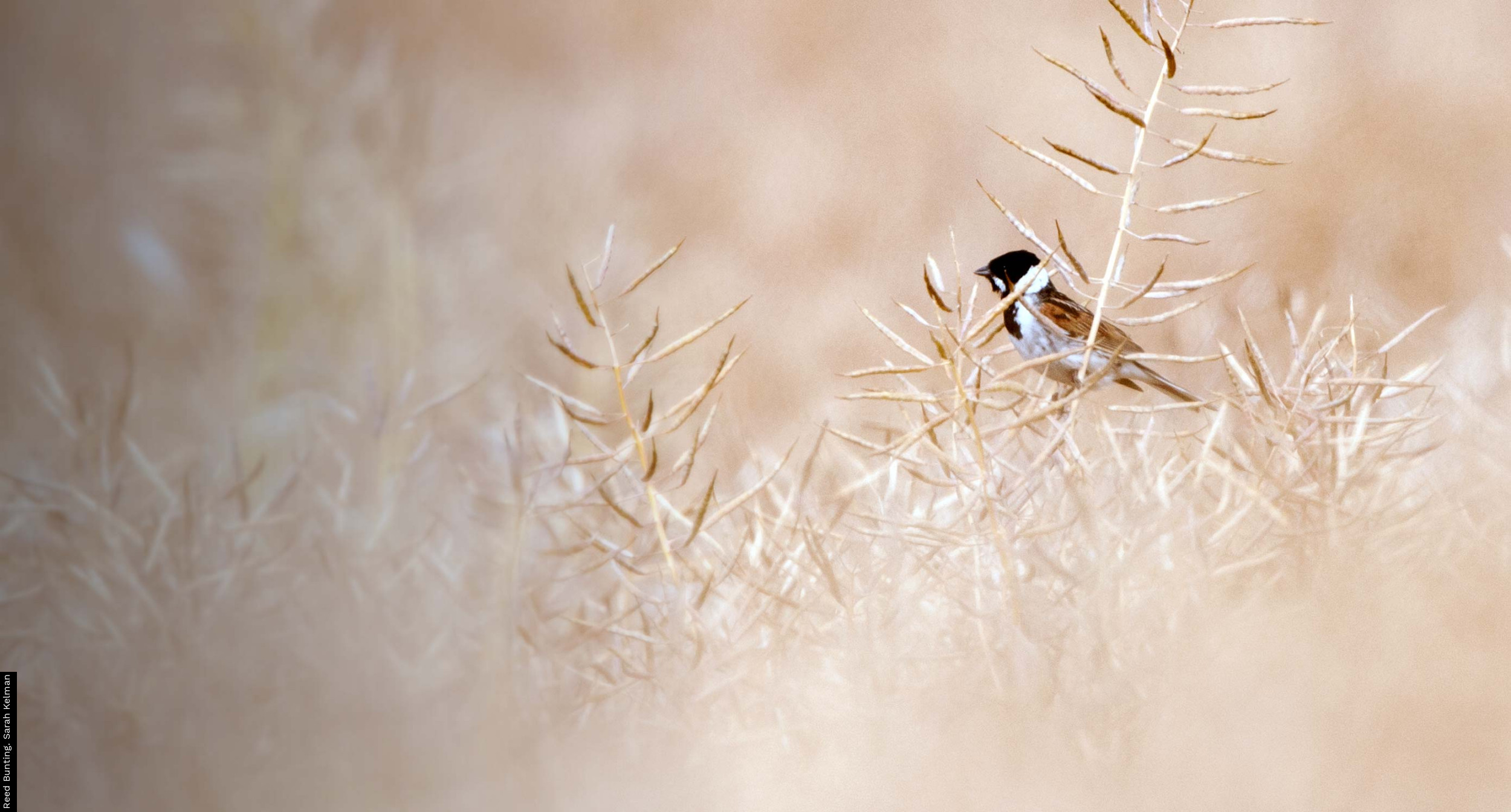This report is designed to be useful as a ready source of information for conservation practitioners, and as a source of information for those involved in more strategic conservation policy-making, as well as to the general student of bird populations. It provides a relatively simple and concise overview of the way in which populations are changing, suggesting areas where further research is required or where conservation action needs to be taken. The information presented here is a summary of a very extensive and much more detailed data set held by the BTO.
Alerts are raised as a result of declines in the population sizes of a considerable number of species. These alerts will help conservation organisations to prioritise future conservation action, alongside the Birds of Conservation Concern list (Eaton et al. 2015) and other information.
The demographic information contained in this report should also help conservation organisations to target their resources more effectively. For declining species of conservation importance, declines in breeding performance may indicate that conservation action should be targeted towards the breeding season; such responses may sometimes be masked, however, by density-dependent improvements in breeding success as the population declines (Green 1999). The lack of a decline in breeding performance may suggest that factors other than nesting success, such as loss of habitat or changes in survival rates are more likely to be influencing the observed population declines. An analysis looking across species (Robinson et al. 2014) suggested that temporal variation in declining species was associated more with productivity and recruitment of young, while for increasing species, adult survival was relatively more important in determining population change. However, as evidenced by Lapwing, the effect of demographic rates may interact, so they need to be considered in the context of the life-cycle as a whole. A report of this kind can provide only an initial summary of such information, and a full assessment of the population dynamics of a declining species will generally require more detailed investigations (e.g. Peach et al. 1999, Freeman & Crick 2003, Robinson et al. 2004, 2014).
Finally, we hope that users of this report will provide feedback on how it can be improved. We would welcome comments on any aspect of this report, as they will help us to produce a better and more useful next edition.
info [at] bto.org (Email your comments)
This report should be cited as: Woodward, I.D., Massimino, D., Hammond, M.J., Harris, S.J., Leech, D.I., Noble, D.G., Walker, R.H., Barimore, C., Dadam, D., Eglington, S.M., Marchant, J.H., Sullivan, M.J.P., Baillie, S.R. & Robinson, R.A. (2019) BirdTrends 2019: trends in numbers, breeding success and survival for UK breeding birds. BTO Research Report 722. BTO, Thetford. www.bto.org/birdtrends





Share this page